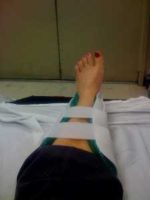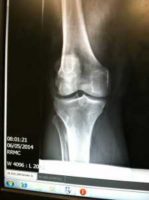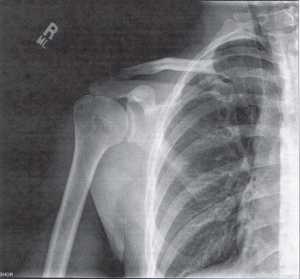Author Interviews, Hip Fractures, Orthopedics, Osteoporosis / 14.05.2018
Drug Holidays From Osteoporosis Meds Linked to More Broken Bones
MedicalResearch.com Interview with:
 Brittany Bindon, MD
Department of Internal Medicine
University of Chicago
Chicago, Illinois
MedicalResearch.com: What is the background for this study?
Response: Bisphosphonates are commonly used in the treatment of osteoporosis, however, they have been associated with rare, severe side effects such as osteonecrosis of the jaw and atypical femoral fractures.
As a result, bisphosphonate drug holidays have become common in clinical practice though currently, there are minimal data on the safe duration of these drug holidays. We sought to further characterize the clinical and laboratory parameters associated with increased fracture risk in patients on bisphosphonate drug holiday.
(more…)
Brittany Bindon, MD
Department of Internal Medicine
University of Chicago
Chicago, Illinois
MedicalResearch.com: What is the background for this study?
Response: Bisphosphonates are commonly used in the treatment of osteoporosis, however, they have been associated with rare, severe side effects such as osteonecrosis of the jaw and atypical femoral fractures.
As a result, bisphosphonate drug holidays have become common in clinical practice though currently, there are minimal data on the safe duration of these drug holidays. We sought to further characterize the clinical and laboratory parameters associated with increased fracture risk in patients on bisphosphonate drug holiday.
(more…)
 Brittany Bindon, MD
Department of Internal Medicine
University of Chicago
Chicago, Illinois
MedicalResearch.com: What is the background for this study?
Response: Bisphosphonates are commonly used in the treatment of osteoporosis, however, they have been associated with rare, severe side effects such as osteonecrosis of the jaw and atypical femoral fractures.
As a result, bisphosphonate drug holidays have become common in clinical practice though currently, there are minimal data on the safe duration of these drug holidays. We sought to further characterize the clinical and laboratory parameters associated with increased fracture risk in patients on bisphosphonate drug holiday.
(more…)
Brittany Bindon, MD
Department of Internal Medicine
University of Chicago
Chicago, Illinois
MedicalResearch.com: What is the background for this study?
Response: Bisphosphonates are commonly used in the treatment of osteoporosis, however, they have been associated with rare, severe side effects such as osteonecrosis of the jaw and atypical femoral fractures.
As a result, bisphosphonate drug holidays have become common in clinical practice though currently, there are minimal data on the safe duration of these drug holidays. We sought to further characterize the clinical and laboratory parameters associated with increased fracture risk in patients on bisphosphonate drug holiday.
(more…)





